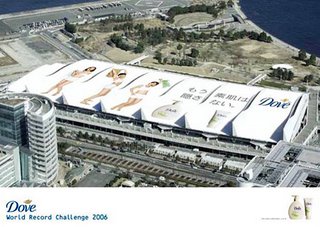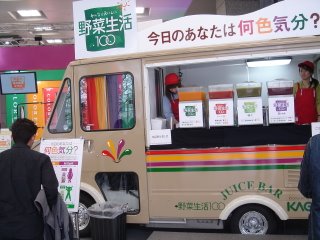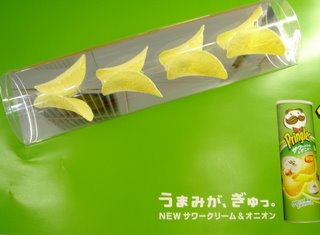

Just after writing yesterday's entry on why Dove's Campaign for Real Beauty might be less successful in Japan than in other countries, I saw an ad for the
Slim Queen Contest on the subway.
In this competition - held yearly by the company
Slim Beauty House, a manufacturer of diet products - the woman with the most impressive dieting results is declared "Slim Queen". The photos shown here are the happy winners of last year's contest, who have made the effort to transform themselves into the ideal of a slim and beautiful woman and are now proudly receiving the recognition.
The underlying pattern - striving to fulfil an ideal - seems to be a very important part of the mindset of many Japanese women. Coupled with an equally prevalent optimism and a positive view of change and renewal, this means that Japanese women are much more likely to make efforts to conform to a generally held concept (and be proud of that achievement) than be proud of not conforming and therefore standing out.
Although one could argue that it is exactly this pressure to conform to a idealized concept of beauty that the Dove campaign mentioned below is trying to change, I believe that in Japan this way of thinking is much more deeply ingrained (and culturally reinforced) than in other countries, and for this reason the Campaign for Real Beauty will probably be only a limited success here.

















